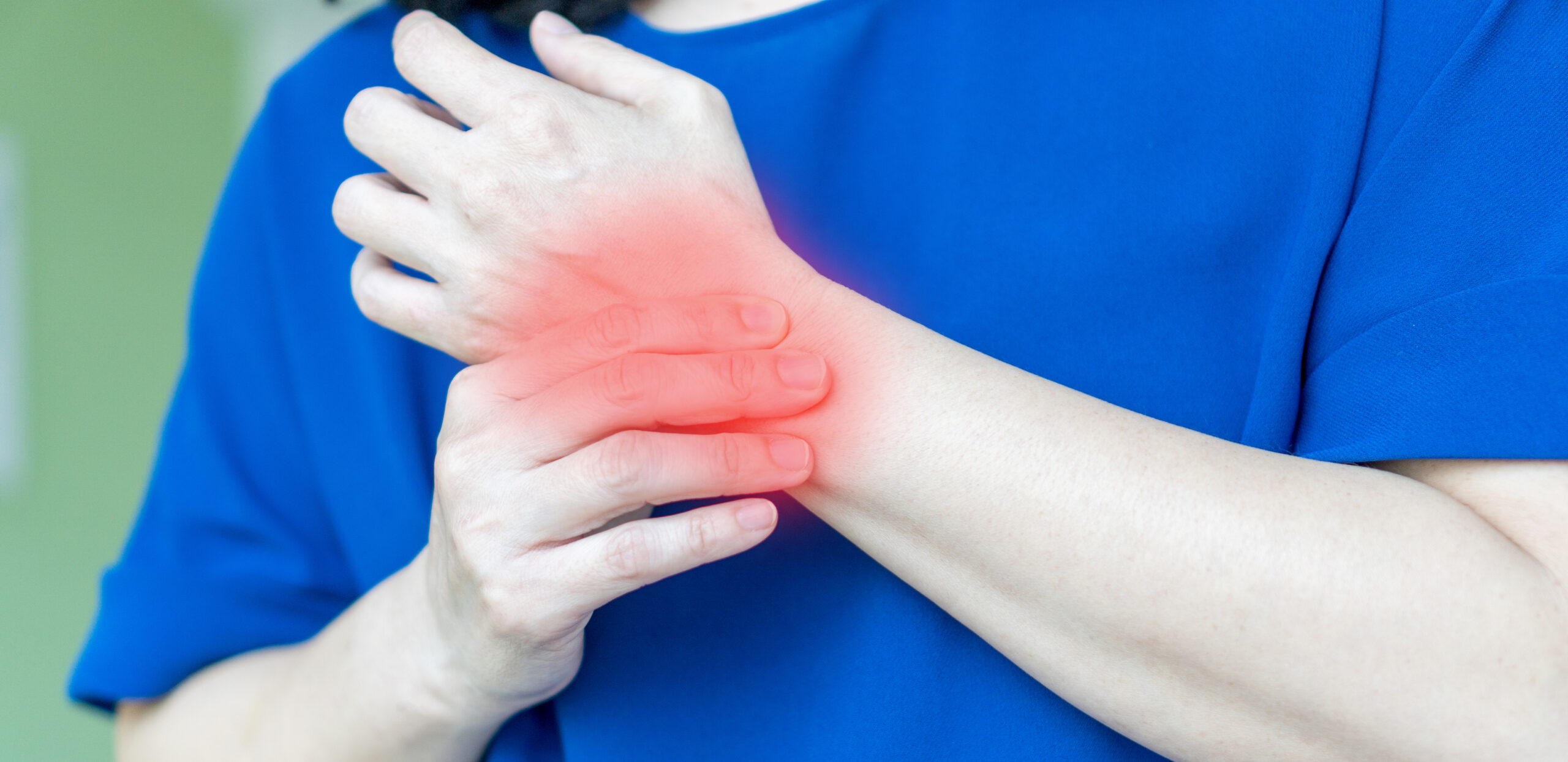Complex Regional Pain Syndrome (CRPS)
Applies to: Elbow/Hand/Wrist, Hip, Shoulder

Complex regional pain syndrome (CRPS) is a chronic, systemic disease that is characterized by severe pain, swelling, and changes in the skin. The average age of onset of this nerve disorder is 42, and the disease affects about three times more women than men.
Symptoms often present in an arm or leg near the site of an injury and then spread from there.
CRPS symptoms may include the following:
- Burning, stabbing, grinding, throbbing pain
- Movement or touch of the limb is intolerable
- Muscle spasms
- Local swelling
- Sensitivity to touch, water, and vibrations
- Increased sweating
- Changes in skin temperature
- Changes in skin color
- Softening and thinning of bones
- Joint stiffness and tenderness
- Painful movement
Causes of CRPS can include an injury or an ongoing abnormality, which can lead to nerve and tissue damage. Sometimes, there are no known causes for CRPS. Usually, symptoms are worse at night, and over-the-counter pain medications may be ineffective. If you have been diagnosed with CRPS (formerly known as Reflex Sympathetic Dystrophy (RSD), some treatments can help control or even alleviate your pain.
